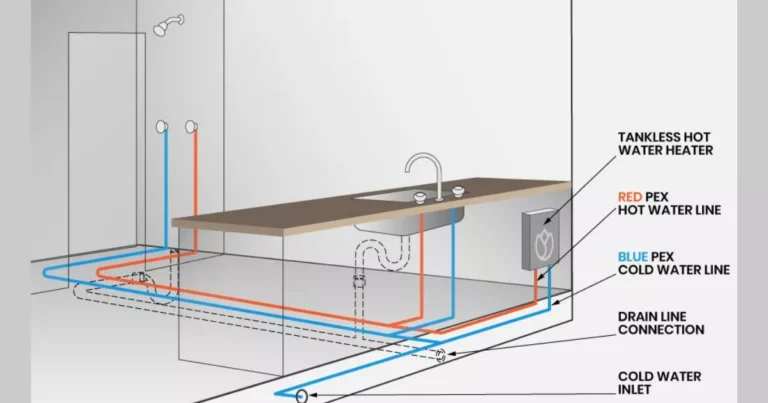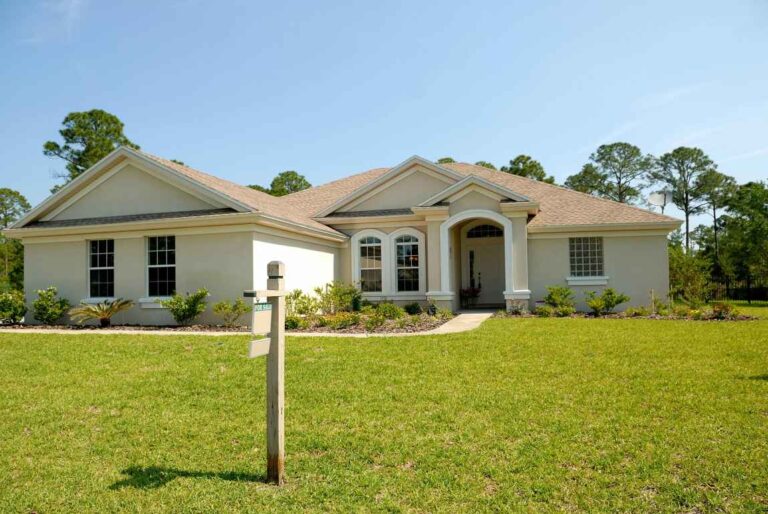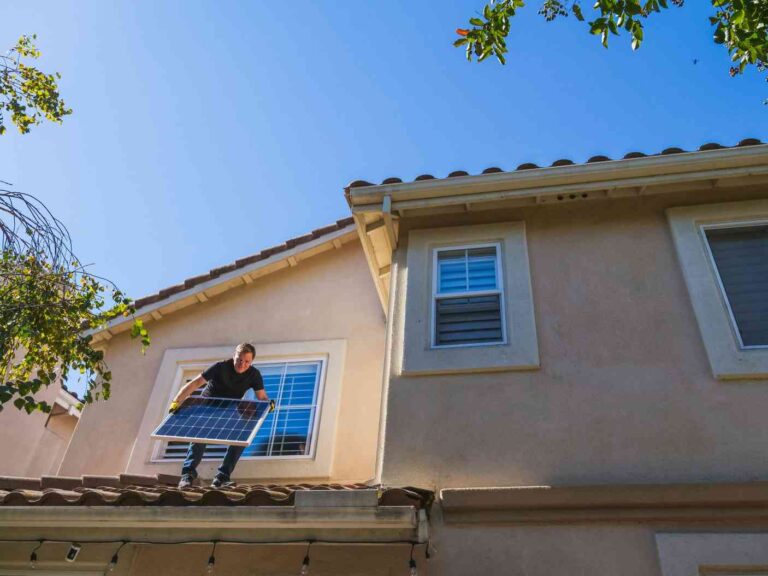5 Types of Tiny Homes: Which One is Right for You?
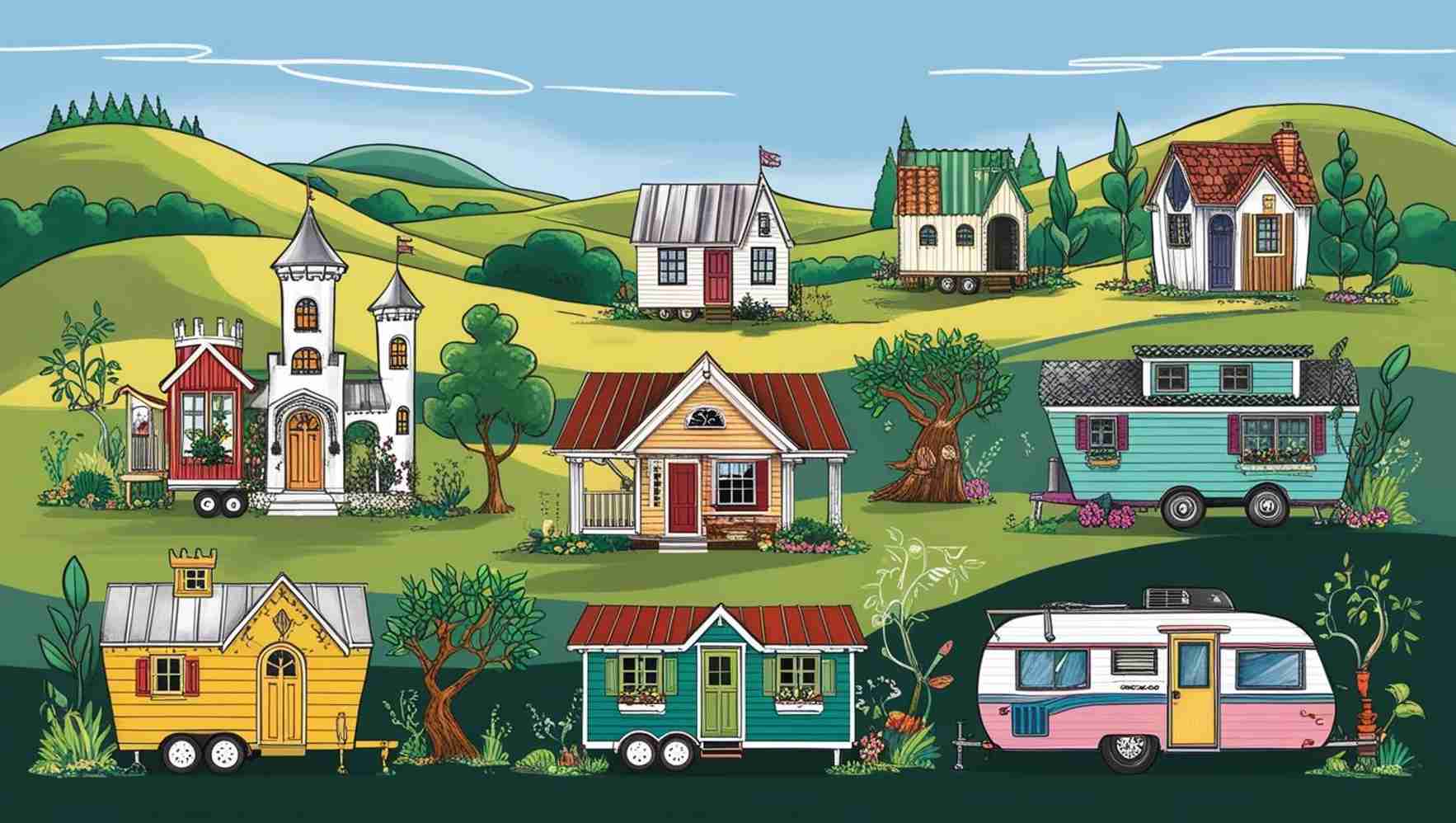
Tiny homes have been gaining popularity for a while now. They’re more affordable, sustainable, and perfect for anyone looking to simplify their life. Whether you’re dreaming of a minimalist lifestyle or just want a cozy space to call your own, tiny homes offer a range of options.
In this article, we’ll explore five popular types of tiny homes: trailer builds, shipping container homes, shed-to-home conversions, RV campers, and cabin kits. Let’s dive in!
1. Trailer Builds
What Are They? Trailer builds are tiny homes constructed on a trailer base. They’re designed to be mobile, so you can hitch them to a truck and take your home wherever you go.
Advantages:
- Mobility: One of the biggest perks of trailer builds is their mobility. You can move your home whenever you want, whether it’s to explore new places or avoid harsh weather.
- Customizable: You can design a trailer build to fit your personal style and needs. From modern and sleek to rustic and cozy, the options are endless.
- Cost-Effective: Compared to traditional homes, trailer builds are relatively inexpensive.
Disadvantages:
- Limited Space: Trailer builds are small, so you’ll need to be comfortable with limited space.
- Zoning Issues: Some areas have strict zoning laws that make it difficult to park and live in a trailer build full-time.
Notable Example: One popular example is the “Tiny Heirloom” homes, known for their luxury finishes and clever use of space. As seen on the TV show “Tiny Luxury,” these homes offer a range of custom features, from high-end appliances to unique storage solutions.
Tips for Building or Buying:
- Research local zoning laws and regulations.
- Prioritize multifunctional furniture to maximize space.
- Consider your lifestyle needs when designing the layout.
Also Read: 5 Smart Tips to Build The Perfect Backyard Shed
2. Shipping Container Homes
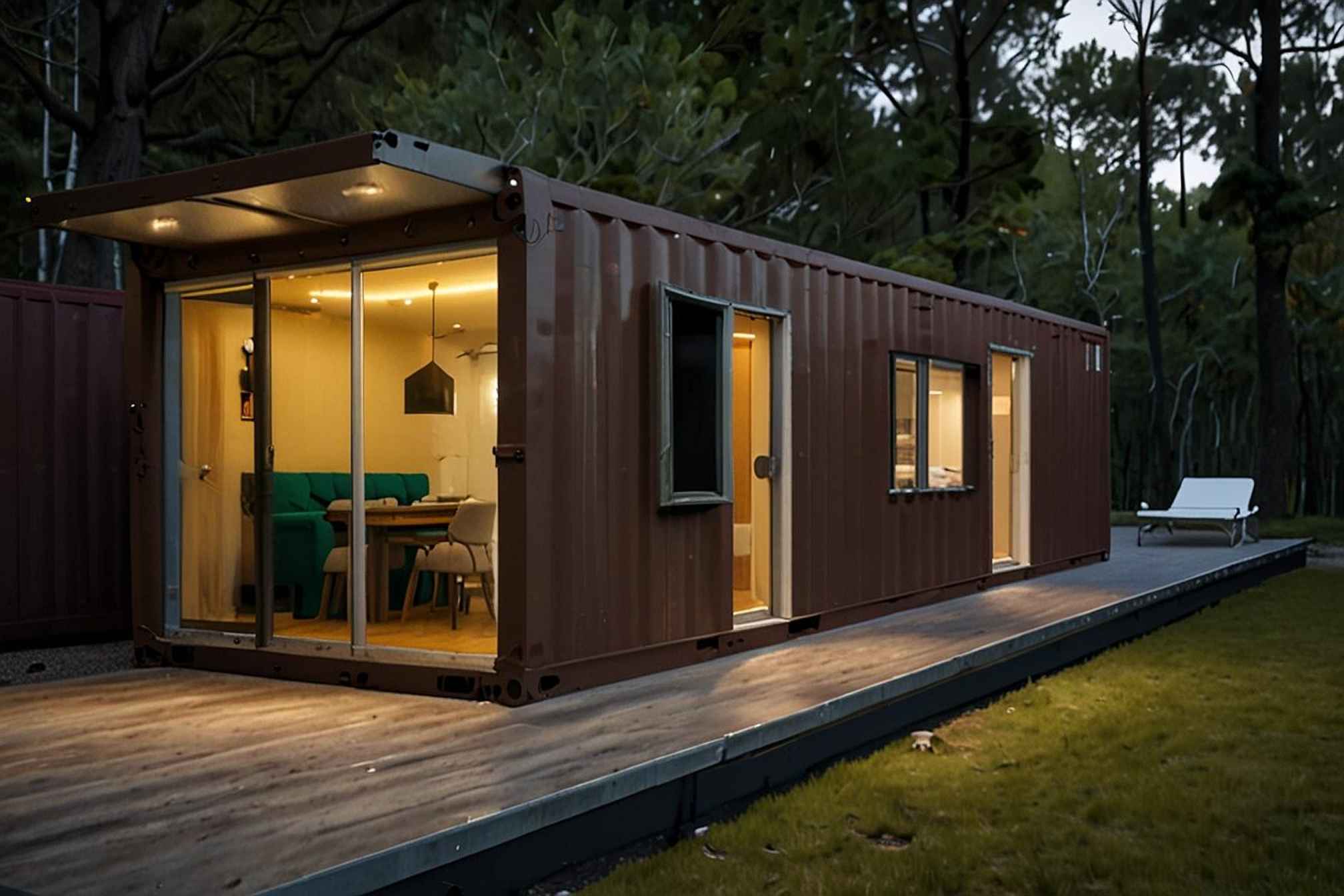
What Are They? Shipping container homes are made from recycled shipping containers. These homes are sturdy, eco-friendly, and offer a unique industrial aesthetic.
Advantages:
- Durability: Shipping containers are built to withstand harsh conditions, making them incredibly durable.
- Eco-Friendly: Repurposing used containers is an environmentally friendly choice.
- Modern Look: The industrial design of shipping container homes appeals to many people looking for a modern and edgy look.
Disadvantages:
- Insulation Challenges: Containers can get very hot or cold, so proper insulation is crucial.
- Structural Modifications: Making significant changes to the container’s structure can be challenging and costly.
Notable Example: The “Container Guest House” by Poteet Architects is a standout example. This stylish home features bamboo flooring, a green roof, and large windows that fill the space with natural light.
Tips for Building or Buying:
- Invest in high-quality insulation to ensure comfort.
- Plan the layout carefully to make the most of the container’s space.
- Consult with professionals for structural modifications.
3. Shed-to-Home Conversions
What Are They? Shed-to-home conversions involve transforming a simple shed into a livable tiny home. This option is great for those who want a quick and budget-friendly solution.
Advantages:
- Cost-Effective: Converting a shed is often cheaper than building a tiny home from scratch.
- Quick Build: Sheds can be converted relatively quickly, especially if you’re handy with tools.
- Versatility: You can find sheds in various sizes and styles, giving you flexibility in design.
Disadvantages:
- Zoning and Permit Issues: You’ll need to check local regulations to ensure your shed conversion is legal.
- Structural Limitations: Sheds aren’t always designed for living, so you may need to make significant modifications.
Notable Example: “The Tiny Shed” by John Stevens is a great example. This 270-square-foot shed conversion features a loft bed, kitchenette, and a cozy living area, all crafted with a rustic charm.
Tips for Converting a Shed:
- Check local building codes and obtain necessary permits.
- Use high-quality materials to ensure your home is durable.
- Plan for utilities like water, electricity, and sewage.
4. RV Campers
What Are They? RV campers are recreational vehicles designed for living on the road. They come fully equipped with living spaces, kitchens, and bathrooms, making them a convenient tiny home option.
Advantages:
- Ready-Made: RVs are already designed for living, so you won’t need to do much to move in.
- Mobility: Like trailer builds, RVs offer the freedom to travel and live wherever you want.
- Variety: There are many types and sizes of RVs, from compact campers to luxurious motorhomes.
Disadvantages:
- Limited Customization: RVs come pre-designed, so customization options are limited.
- Maintenance: RVs require regular maintenance and repairs, which can be costly.
Notable Example: The Airstream Classic is a well-known RV that combines retro style with modern amenities. It features a spacious interior, high-quality finishes, and smart technology for a comfortable living experience.
Tips for Buying and Living in an RV:
- Choose an RV that fits your lifestyle and space needs.
- Be prepared for regular maintenance and repairs.
- Research RV parks and campgrounds for long-term stays.
5. Cabin Kits
What Are They? Cabin kits are pre-fabricated packages that include all the materials you need to build a tiny cabin. They offer a charming, rustic look and can be assembled relatively easily.
Advantages:
- Easy Assembly: Cabin kits come with everything you need, making the assembly process straightforward.
- Rustic Aesthetic: If you love the look of a cozy cabin in the woods, this is a perfect option.
- Variety of Sizes: Cabin kits come in various sizes and styles, so you can choose one that fits your needs.
Disadvantages:
- DIY Skills Needed: While kits are easier to assemble than building from scratch, you’ll still need some DIY skills.
- Permit Challenges: Depending on your location, you may need permits and inspections.
Notable Example: The Allwood Solvalla is a popular cabin kit that offers a modern twist on the classic cabin design. It features large windows, an open floor plan, and can be assembled in just a few days.
Tips for Purchasing and Assembling a Cabin Kit:
- Ensure you have the necessary permits before starting construction.
- Follow the instructions carefully or hire professionals if needed.
- Consider the location and foundation requirements for your cabin.
Also Read: How To Buy A House As A College Student?
Conclusion
Tiny homes offer an exciting way to live simply and sustainably. Whether you choose a trailer build for mobility, a shipping container for durability, a shed conversion for affordability, an RV for convenience, or a cabin kit for that rustic charm, there’s a tiny home option out there for you.
Remember to research local regulations, plan your space carefully, and enjoy the journey of creating your perfect tiny home. Happy tiny living!

